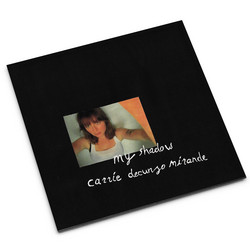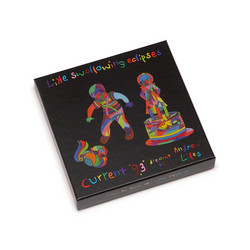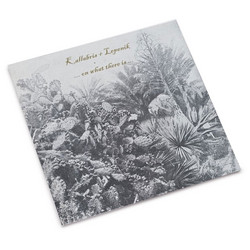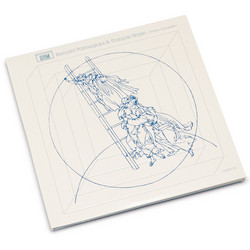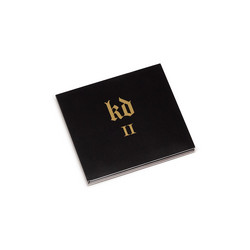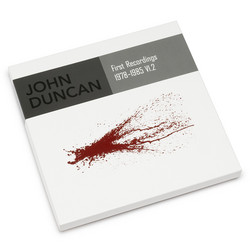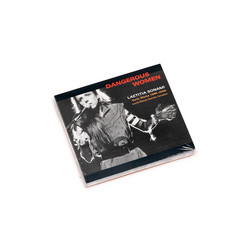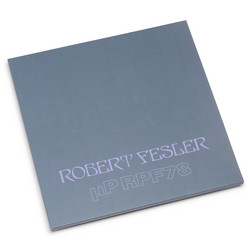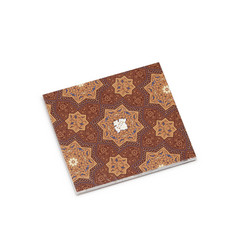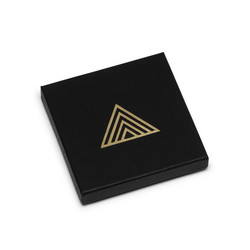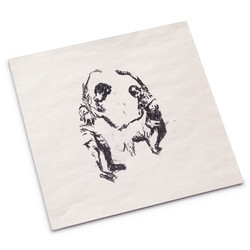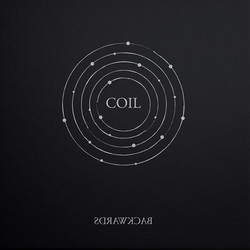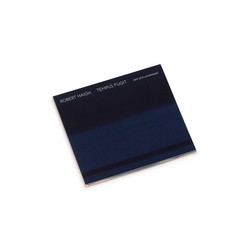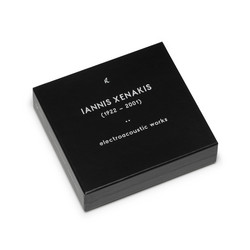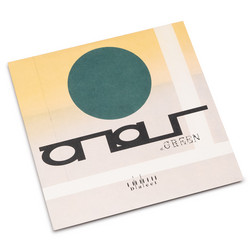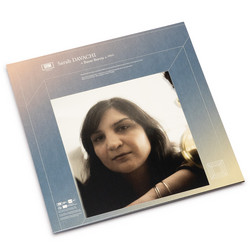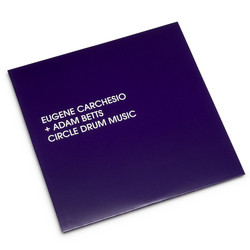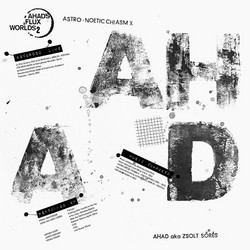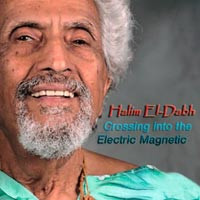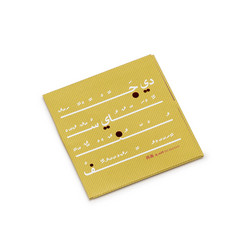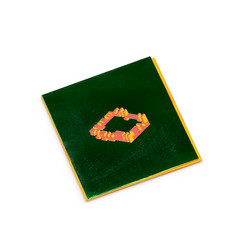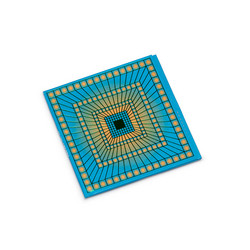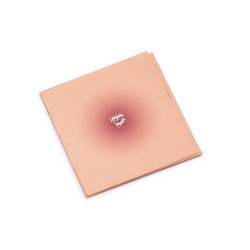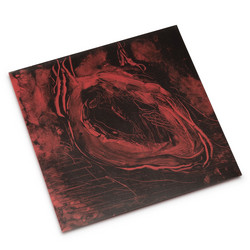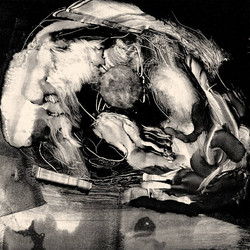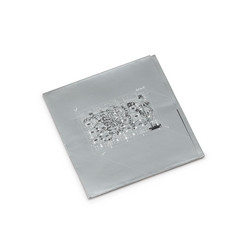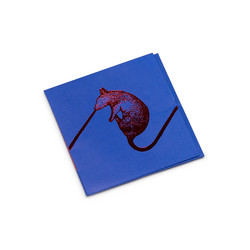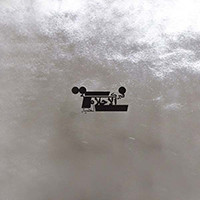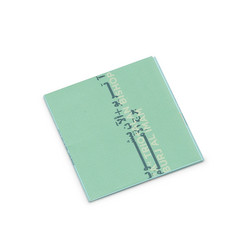Halim El-Dabh
The Wondrous Reverberations of Halim El-Dabh (LP)
Label: Flint Magazine, Studio Safar S.A.L., Annihaya Records
Format: LP
Genre: Electronic
Out of stock
* Deluxe Edition. Pressed in Detroit at Third Man Records. Limited edition of 750 copies* Considered to be one of the earliest composers of electronic music, Halim El-Dabh (1921-2017) was an Egyptian-American musician, ethnomusicologist, and educator. The works in this compilation span his astounding six decade career, moving across Halim El-Dabh’s eclectic, undefinable, and groundbreaking oeuvre – including field recordings, concertos, electronic music compositions, and improvised instrumentals. Made available here for the first time in the vinyl record format, this compilation was lovingly curated by El-Dabh researcher Joe Namy and Benjamin Gaydos, under the guidance of Halim El-Dabh’s estate.
This drive was the beginning of an 8 decade journey into sound transformation. The works in this compilation span the years 1949–2005, moving across Halim El-Dabh’s eclectic undefinable and groundbreaking oeuvre - including field recordings, concertos, electronic music compositions and improvised instrumentals - made available here for the first time on the vinyl record format. Curating this compilation proved to be an exercise in the limits of recorded music history, a history El-Dabh indelibly left his mark on and transcended, we’re still catching up to his sound. These selections are by no means a comprehensive overview of El-Dabh’s musical universe, we need to be diligently mindful for what isn’t included, or as El-Dabh reminds us, to hear beyond what we are hearing. These selections, rather, can be seen as a collection of some of his more autobiographical works, fragments from the inner starlight of El-Dabh’s cosmology.
—Joe Namy
“It was a drive really, to hear something beyond what I was hearing. So I had to use all the electronic means to reach that sound that I
was hearing and it’s not there. And the means to do it was right there around me.” –Halim El-Dabh speaking about his process in creating Taabir El Zaar (aka The Wire Recorder Piece) in 1944.
